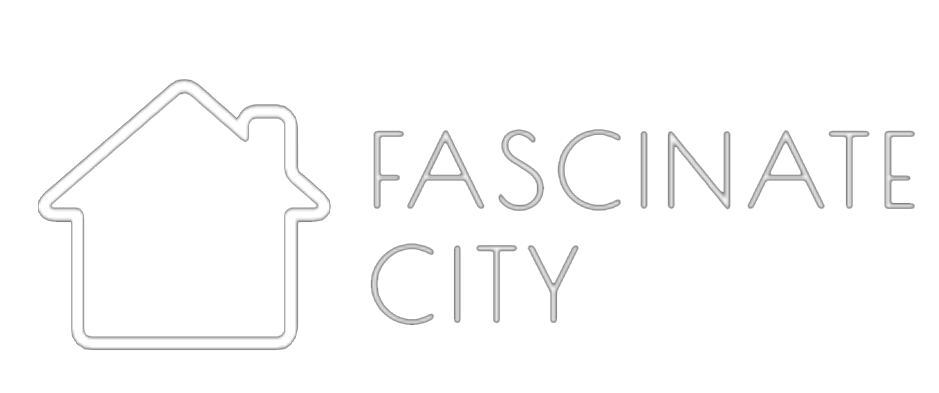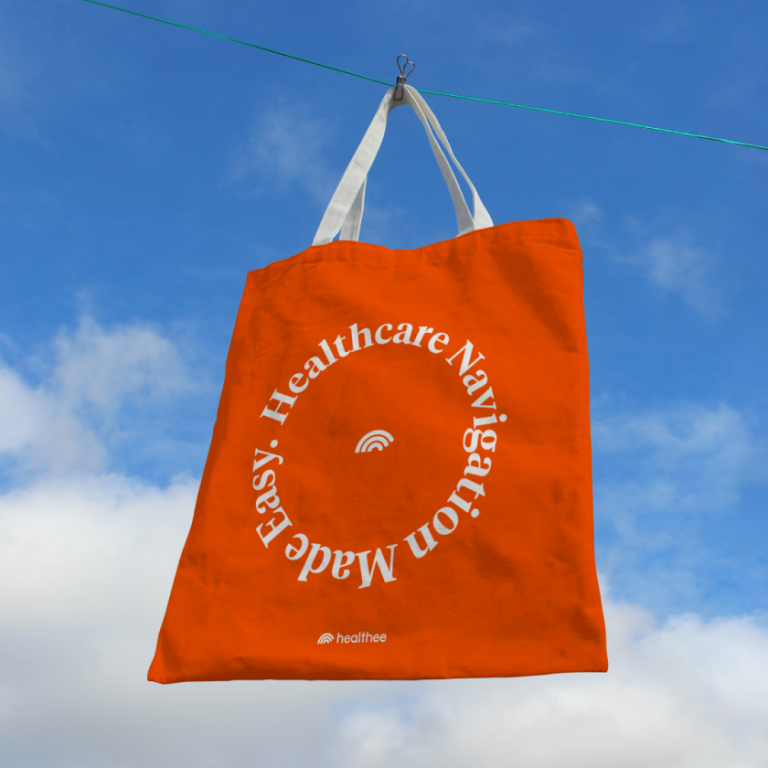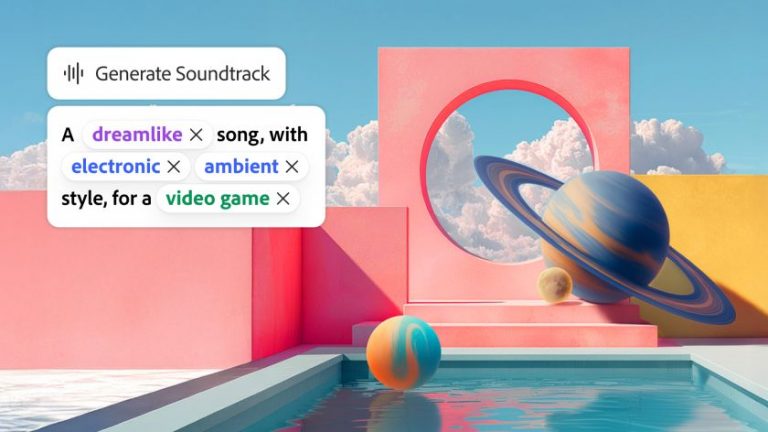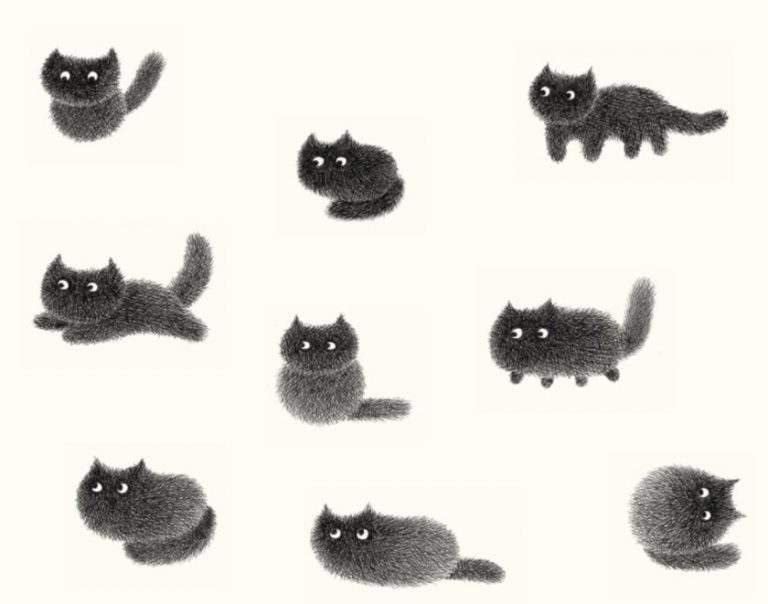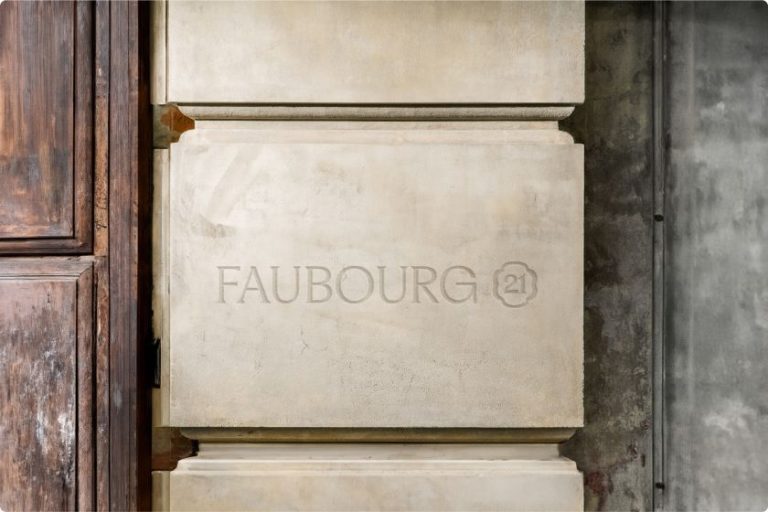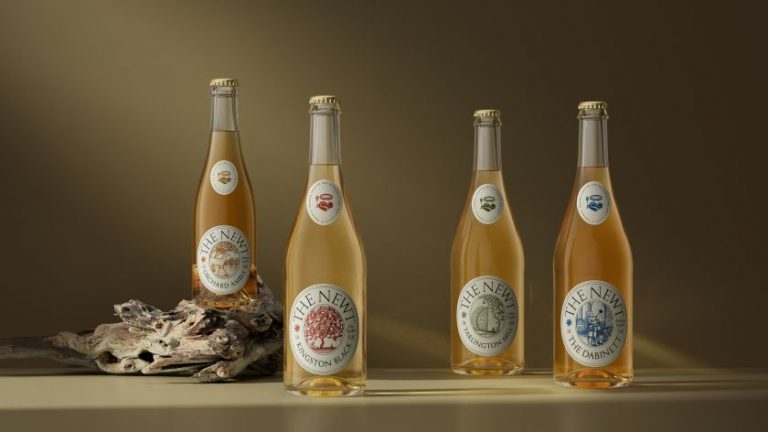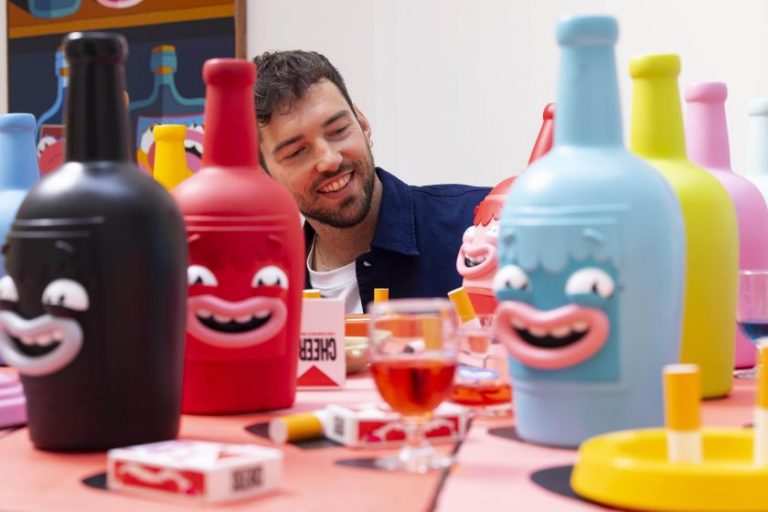Acrylicize’s inaugural Joy festival brought together artists, designers and cultural explorers for two days of creative exchange in East London.
In a world saturated with digital noise and division, the idea of gathering creatives in a physical space to simply be together might seem almost radical. Yet that’s exactly what the design studio Acrylicize achieved with Joy, their inaugural two-day festival that took place at The Art House in East London on 19-20 June.
“We’re at a time where we need to see the joy in life more than ever before,” explains James Burke, founder of the global design studio. “With so much division, so much polarisation, and so much emphasis on what we see in the news and on our social feeds, we tend to miss the other side. The side that doesn’t shout as loud but is right there in front of us.”
The festival emerged from Acrylicize’s core philosophy: “For the Joy of Expression.” While the studio has built a reputation for public art installations and collaborations with brands like Spotify and LinkedIn, Joy represented something more intimate: a deliberate step away from the typical industry panel format towards hands-on, visceral creative experiences.
Beyond the panel talk
The curation, led by Connor Rankin, head of creative programmes at Acrylicize, was intentionally experiential. Rather than the familiar talking-heads format, attendees found themselves making kites with SPF50‘s Jeanne Harignordoquy, getting their hands dirty in life drawing sessions with celebrated sculptor Wilfrid Wood, or participating in screen printing workshops with the Working Class Creatives Database.
“Each artist involved was invited to move beyond the typical panel talk format and instead bring the audience into the heart of the experience,” James explains. “Much of the programme was designed to engage participants directly.”
This simple fact captures something essential about Joy’s approach. Rather than positioning creativity as something rarefied or exclusive, the festival embraced the messy, collaborative reality of making things together.
The human element
The timing of Joy feels particularly significant given the seismic shifts currently reshaping the creative industries. “Obviously, the big change is AI and its effect on human relationships and the act of creation as a whole,” James reflects. “I think we’re all exploring what this means and where the risks and promises of this tech lie. The more we explore it, the more it forces us to engage with what it means to be human.”
This question of humanity runs through Joy’s programming like a thread. Auntie Flo (Brian d’Souza) presented his innovative project exploring music creation from plants, while performance artist Harriet Richardson explored themes of love, addiction and protest through immersive performance. Salomé Wu debuted new work alongside live performances, and Worms magazine hosted spoken word performances celebrating underrepresented voices.
The festival also featured art historian and comedian Verity Babbs as host, Dutch multidisciplinary artist Helmut Smits delivering talks, and sculptor Holly Hendry exploring her materially rich, site-responsive practice.
Authentic connection
What emerges from James’ reflection on the festival is a sense that Joy succeeded precisely because it refused to be overly strategic about its approach to community-building. “For us, we’ve always thought that the best form of marketing has been to be ourselves and be as authentic as we can,” he says. “The whole concept of the Joy of Expression is just the way we see the world and find meaning, inspiration and energy.”
This authenticity seemed to resonate with attendees. He recalls walking into The Art House and immediately feeling “a really great energy in the room across the two days that was felt as soon as you walked in. The overwhelming feedback was that you could feel it in the air.”
The festival’s success lay partly in its recognition that creativity isn’t the preserve of professional practitioners. “Creativity isn’t just for the lucky few who get to work in it; it’s for everyone,” James notes. “Art and creativity have the most amazing ability to break down barriers—things like age, race, gender and political stance—and connect people around a visceral and emotive experience.”
The art of being present
Perhaps most significantly, Joy created space for something increasingly rare in contemporary creative culture: genuine presence. In James’ words, the festival was designed as “a space for people to step away from the constant noise of the news and media and simply be present with each other.”
This commitment to presence over performance extended to the festival’s collaboration with The Art House’s existing programme partners. Rather than importing external talent, Joy chose to “give them space within the festival and to co-create something special together”.
As Joy establishes itself as an annual fixture in London’s creative calendar, it seems to offer something that many in the industry are craving: a return to the fundamentally human aspects of creativity. In James’ vision, “It feels like quite a radical act to be talking about Joy right now. However, I feel it will play a crucial role in our path through these challenging and disruptive times by holding onto and remembering that there is a lot to celebrate.”
The festival’s success suggests that in an age of increasing digitisation and AI disruption, there’s something irreplaceable about gathering in physical space to make things together. As James puts it: “Way back when I originally conceived the idea of The Art House, I always said that I wanted people to come in, have a look around and think ‘I don’t know what the f*ck is going on here, but I want in!’ I think this was achieved.”
In a creative landscape often dominated by dull networking events and industry panels, Joy offered something rare: permission to be human, to be present, and to find connection through the simple act of making things together. For two days in East London, that felt like revolution enough.
